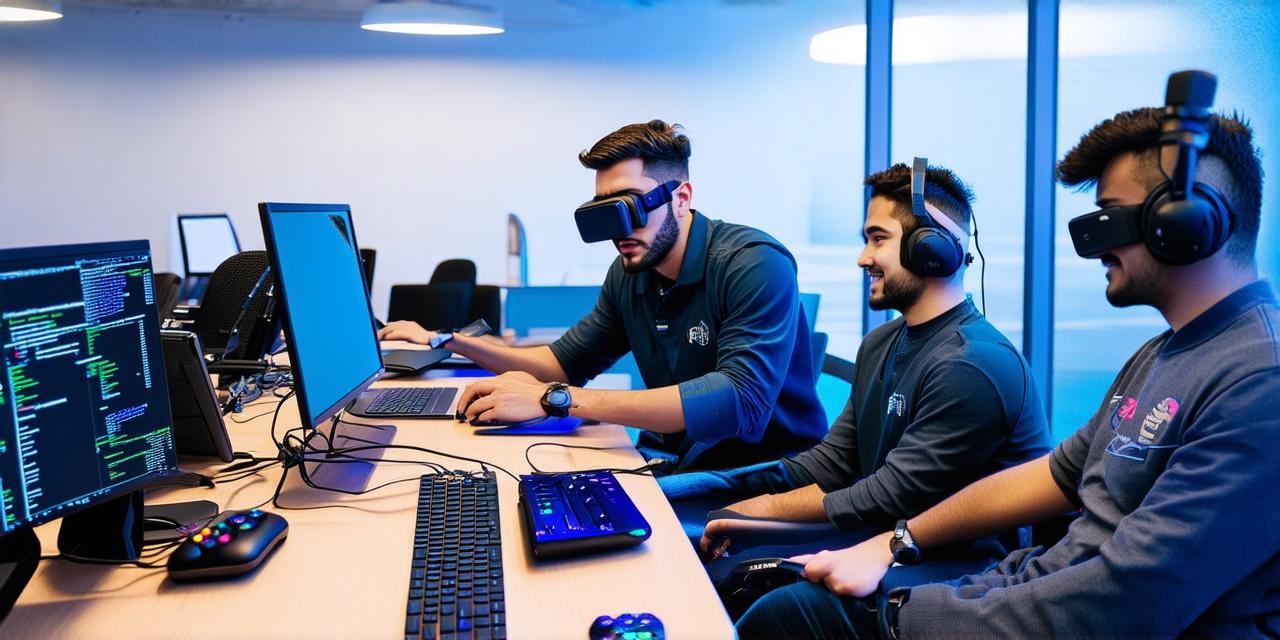Augmented reality (AR) is a technology that overlays digital information onto the real world, creating an interactive and immersive experience for users.
In the world of video games, AR has opened up new possibilities for gameplay and engagement, allowing players to interact with their environment in innovative ways.
In this article, we will explore one example of a video game that utilizes AR technology: Pokémon Go.
Pokémon Go is a mobile augmented reality game developed by Niantic, Inc. It was released in 2016 and quickly gained popularity around the world, with millions of players downloading the app and engaging in gameplay.
The game uses GPS data from a player’s smartphone to track their location in the real world and overlay digital elements such as Pokémon (fantasy creatures) onto that environment.
One of the key features of Pokémon Go is its use of AR technology to create an immersive experience for players. As they move through the real world, they are able to see virtual Pokémon hiding in their surroundings.
To catch these creatures, players must physically interact with their environment, moving around and exploring different locations to find the hidden Pokémon.
This creates a unique and engaging gameplay experience that encourages players to explore their surroundings and get outside more often.
Pokémon Go has also been praised for its use of AR technology to create social interactions among players. The game allows players to trade Pokémon with each other, and also allows them to compete in battles with other players in real-world locations.

This creates a sense of community among players, as they are able to connect with others who share their love of the game and its AR technology.
Another example of a video game that utilizes AR technology is Ingress. Ingress is another mobile augmented reality game developed by Niantic, Inc. It was released in 2013 and has been praised for its use of AR to create an immersive and interactive gaming experience.
Like Pokémon Go, Ingress uses GPS data from a player’s smartphone to track their location in the real world and overlay digital elements onto that environment.
In Ingress, players are tasked with capturing “portals” (virtual objects) that are hidden throughout the real world. To do this, they must physically interact with their environment, moving around and exploring different locations to find the portals.
The game also encourages players to engage with their surroundings in other ways, such as by visiting landmarks and historical sites.
This creates a unique and engaging gameplay experience that encourages players to explore their surroundings and learn more about the world around them.
In conclusion, video games have come a long way in recent years, thanks in part to the rise of augmented reality technology. Pokémon Go and Ingress are two examples of video games that utilize AR technology to create immersive and engaging gameplay experiences for players.
These games not only provide entertainment, but also encourage players to explore their surroundings and get outside more often. As AR technology continues to evolve, it is likely that we will see even more innovative uses of AR in the world of video games in the future.



